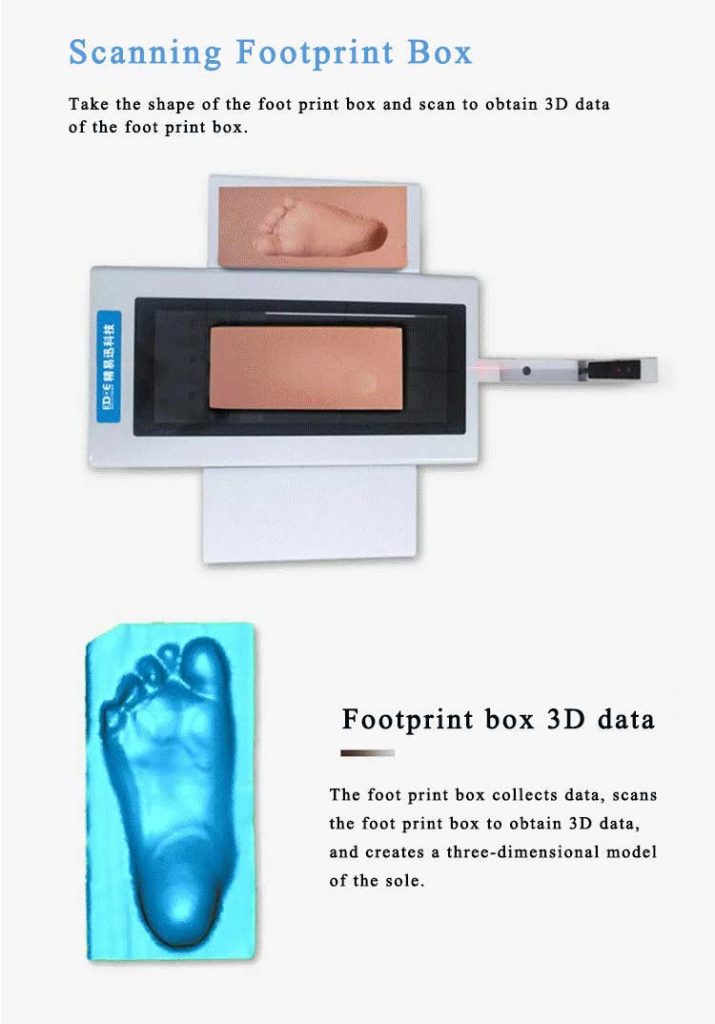The Foot as an Important Support Structure: Its Health Directly Impacts Walking, Running, and Overall Quality of Life. For Patients Suffering from Foot Deformities, Pain, or Injuries, an Appropriate Orthotic Device is Undoubtedly a Vital Aid in Restoring Functionality and Alleviating Discomfort. However, Traditional Methods of Orthotic Fabrication Often Rely on Manual Measurements and Plaster Models, Which Can Be Time-Consuming and Labor-Intensive, and May Not Guarantee High Levels of Personalization and Comfort. With the Emergence of 3D Scanning Technology, This Situation Is Being Thoroughly Transformed.
Advantages of 3D Scanning Technology
- High-Precision Measurement
3D scanning technology, through non-contact measurement methods, can instantly capture every minute detail of the foot surface, generating highly accurate 3D models. This level of precision is unparalleled by traditional manual measurements, ensuring a perfect fit between the orthotic design and the patient’s foot.

- Personalized Customization
Based on 3D scan data, designers can utilize advanced digital design software to create personalized designs tailored to the specific conditions of the patient. Whether it’s the height of the arch, the width of the foot, or any other special requirements, these can all be precisely met, significantly enhancing the therapeutic effectiveness and user experience of the orthotic device.
- Efficient Production
Compared to the traditional process of creating plaster molds, 3D printing technology combined with 3D scan data can facilitate rapid fabrication of orthotic devices. This not only shortens the production cycle but also reduces costs, making high-quality foot orthotics accessible to more patients.
Application Examples
At a Hospital in Ziyang, Sichuan Province, the Digital Medicine Center collaborated with the Rehabilitation Department to successfully introduce an Intelligent 3D Printing Custom Insole System. This system first extracts the patient’s foot model through rapid scanning and then designs individualized insoles based on the pressure distribution of the sole. The insoles are made from soft and comfortable TPU material with a grid structure filling, processed via rapid 3D printing. This innovation not only enhances the breathability and stability of the insoles but also significantly increases patient comfort. Additionally, the insoles are embedded with arrays of pressure sensors, which can monitor foot pressure in real-time, providing doctors with precise data support to help formulate more scientific treatment plans.
Future Outlook
With the continuous maturation and popularization of 3D scanning technology, its applications in the fabrication of foot orthotics will become even more extensive and profound. In the future, we can expect to see more innovative products based on 3D scanning technology, such as smarter orthotic insoles and lighter, more durable ankle-foot orthoses. Simultaneously, with the ongoing optimization of algorithms and increased automation, the design and production processes of orthotics will become even more efficient and precise, delivering superior treatment experiences to patients.
